The Ultimate Networking Guide for Programmers
 Victoria Lo
Victoria Lo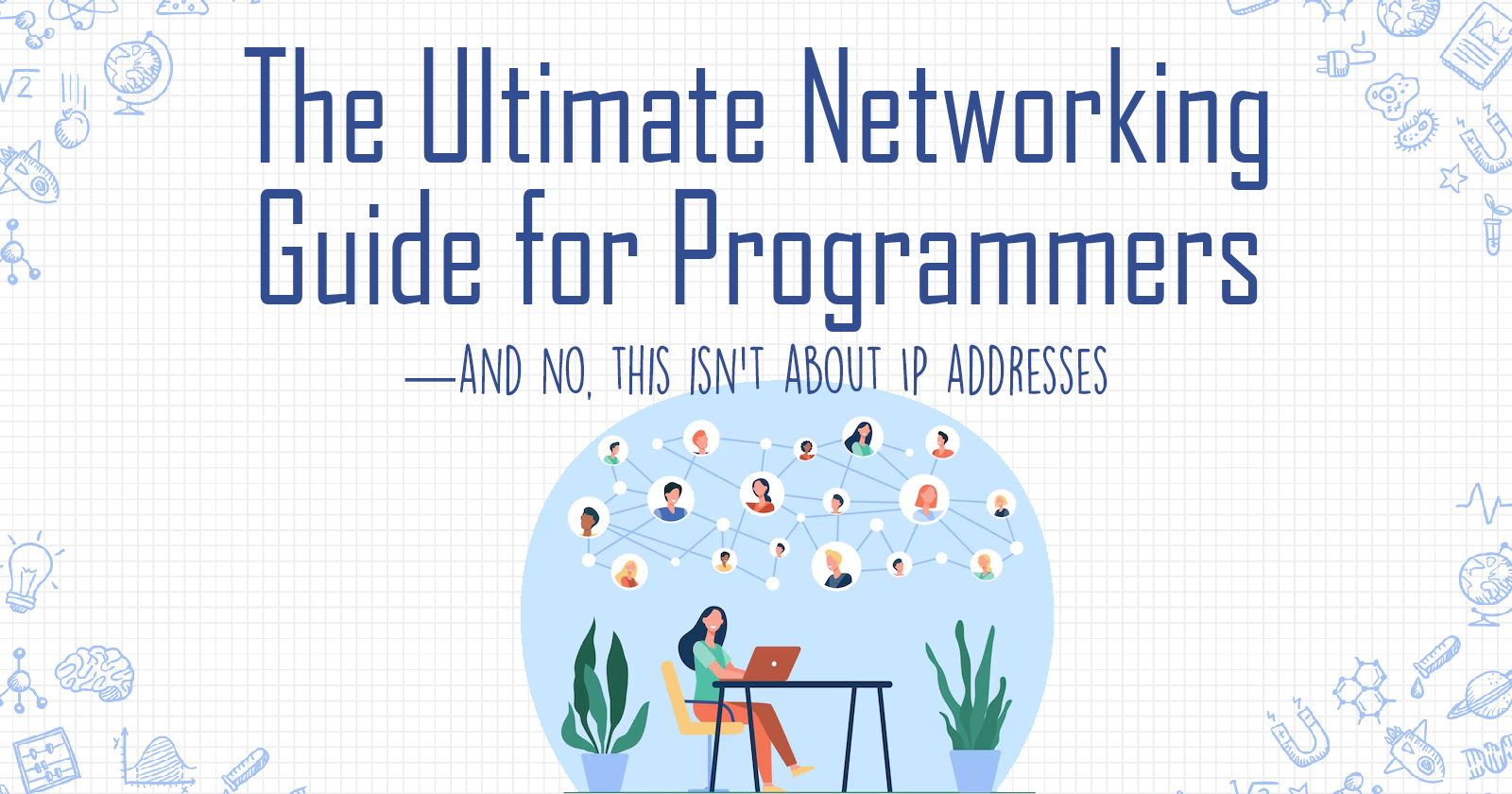
Hello everyone! Welcome to another random article from Victoria. Lately, I’ve been meeting new people and reconnecting with old acquaintances almost daily. This got me thinking: how can I share my insights with the tech community?
And this pondering thought inspired this article! This is based on my observations alone but… A lot of people in tech are introverts.
So, how do we break out of our shells and genuinely connect with people in tech or anyone in general? And how do we maintain and build those relationships over time?
Because when you put 2 introverts in a room and you will get a silent room. It's so predictable that even ChatGPT knows it. Hence, this article will also address some common challenges introverts like myself face and how to overcome them.

What Are 'Genuine' Connections?
Let us define it. To me, making genuine connections means:
having meaningful and authentic conversations where both parties feel valued and understood
open, honest, and empathetic professional relationships where both parties listen and engage deeply with each other
building trust and fostering a sense of belonging among the circle for the long-term
being able to seek help from each other
Are connections == friends?
A lot of readers have shared with me their struggles to make connections because the line between a “professional connection” and a “friend” can often feel blurry. This uncertainty can make it challenging to maintain boundaries while fostering close professional relationships.
So before sharing any networking tips, let’s discuss this first. Are professional connections your friends? There is a long answer and a short answer to this question. I will combine it into a “short-ish” answer.
Short-ish answer: Personally I think professional connections can become friends, but the nature of the relationship often depends on context and mutual interests. If you both go beyond of what the professional relationship entails, such as doing activities outside professional context, meeting each other’s family/friends and being more emotionally involved in each other’s lives, then the relationship has clearly evolved into a friendship.
On the other side, it's essential to recognize that not every connection will evolve into a deep friendship. And that’s completely okay. Some connections may remain valuable professional relationships that can offer support, advice, or collaboration without crossing into personal territory.
Networking Tips for First Meeting
First impressions matter—a lot. Whether you’re meeting someone for the first time at a conference, a professional event, or a casual coffee chat, how you present yourself can set the tone for the relationship going forward. Here are some tips to help you make a positive, lasting impression during your first networking meeting.
Preparation is a must
Preparation is key. Before attending a networking event or coffee chat, being prepared boosts your confidence and helps you engage meaningfully, leaving a lasting impression. Here’s the checklist you need:
Research the people or companies you expect to meet
Prepare a concise personal pitch and self-introduction
Have a few questions prepared and a few key talking points you want to share
Prepare business cards or QR codes with contact info, etc.
Dress appropriately
Body Language
Albert Mehrabian, a researcher of body language, found that face-to-face communication is broken down to the following components:
7% words
38% vocal
55% nonverbal
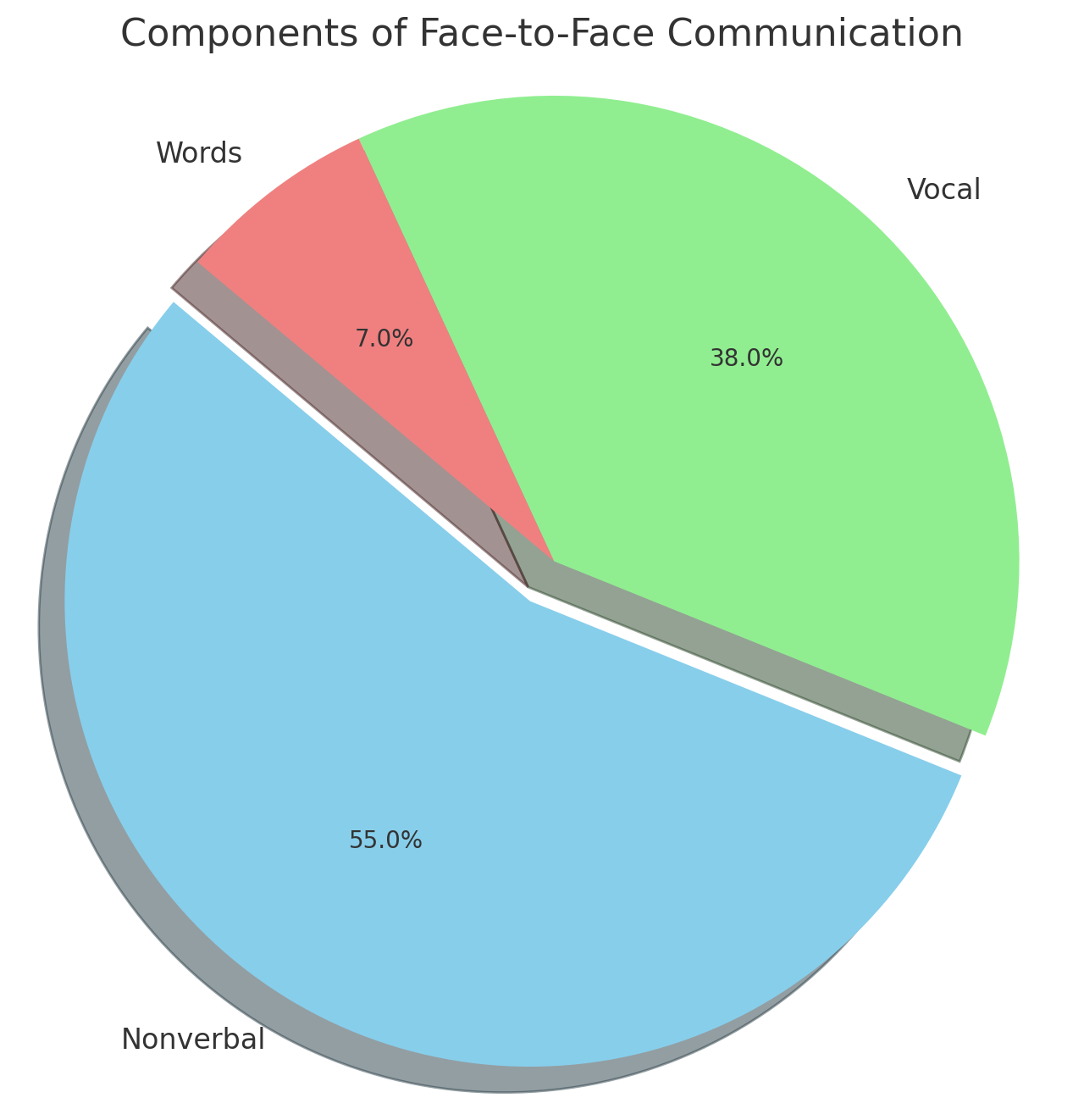
From this research, the 7 38 55 rule is born. Of course, just because words are only 7%, it does not justify you speaking strange words when you network.
Now that you know how important non-verbal communication impacts your communication skills, let's talk about how we can be more approachable in networking settings through nonverbal communication.
1. Eye contact
When listening to others speaking, maintain eye contact to show you are genuinely interested and paying attention to what they are saying.
2. Smile
There's a saying that "A smile is the universal language of kindness." It is important that you convey that you are approachable and friendly from your smile.
3. Gestures
In psychology, mirroring, also known as the chameleon effect, involves subtly mimicking the gestures, posture, and behaviors of another person.
Research has shown that this can foster rapport and mutual understanding. For example, studies have demonstrated that people tend to like and feel more connected to others who mimic their behavior. This nonverbal synchronization helps create a sense of empathy and closeness more quickly.
Engage in active listening and be curious
I prefer listening over talking, so I usually find myself maintaining a 70-30 or 60-40 listening-talking ratio depending on the conversation.
I remember meeting a person at a conference, who was initially quite curt in their responses. However, when I demonstrated active listening and continued to ask thoughtful questions, their demeanor changed. Gradually, their replies grew longer and more enthusiastic, and they began sharing their experiences with genuine excitement. It turned into a truly memorable moment for both of us, demonstrating the power of active engagement in fostering deeper connections.
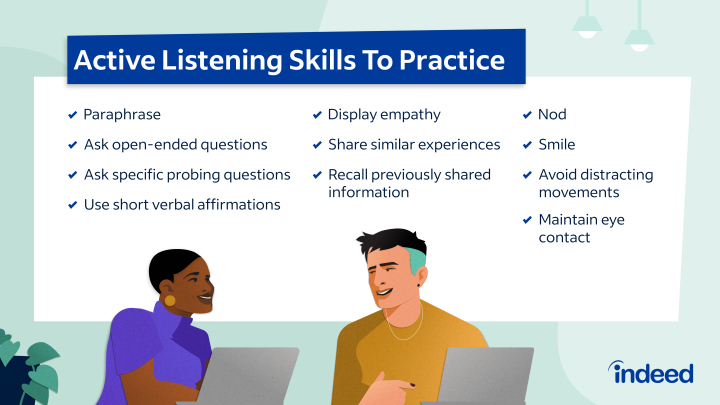
Ask meaningful questions
When I network, my aim is to ask a lot of questions to this person, so I can listen and learn more about them. The easy part is that people love to talk about themselves, so you just need to hone the skill of asking meaningful and interesting questions.
Asking the right questions can unlock so much more than a standard small talk conversation. It shows you're genuinely interested in the other person and can turn a brief interaction into something memorable. Think about questions that dive a little deeper than surface level, but don’t feel the need to pry.
I find the most unforgettable conversationalists I’ve met are the ones who asked me such meaningful questions. For example, instead of asking "What do you do?" they asked, "What excites you most about your work right now?" or "What project are you currently working on that you're really passionate about?"
Be Agenda-less
One of the key mistakes in networking is approaching it with an overly rigid agenda. People can tell when you have a checklist in your head, and it can make the interaction feel transactional rather than relational.
Instead of focusing on how someone can help you right away, try being open to where the conversation naturally leads. Be present, and if something of value comes out of it, that’s great! But don’t rush to force the conversation in a specific direction. Often, the most unexpected opportunities come from the least planned conversations.
I remember meeting someone at a public speaking workshop, where we discussed how we found the event and our shared interests. As our conversation unfolded, we discovered common ground in our programming journeys, both starting with game development, and exchanged thoughts on our favorite games and tools. Soon, this led to an idea for collaboration, and through my role as a leader in WomenDevsSG, we eventually organized a game development workshop together!
This experience highlights the value of being agenda-less: by allowing the conversation to unfold naturally, we discovered shared passions that might have remained hidden if we had been focused solely on networking for immediate gain.
Introducing Yourself 101
My fellow co-host in our ragTech podcast, Natasha Ann , has given a talk about how to introduce yourself with authenticity. I learned so much from her, and you can definitely trust that she's super pro and a natural at connecting with people!
I would love to write a full article on her amazing talk on "Networking for Techies" very soon! If you are interested in watching the video first, feel free to click here.
Using Expansive Labels
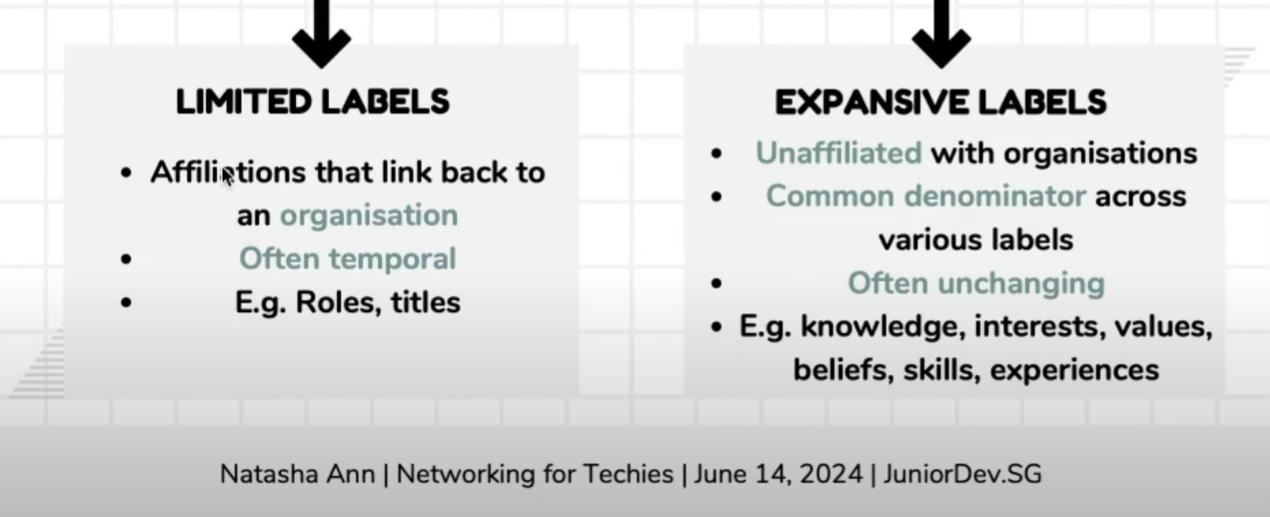
In Natasha's talk, she mentioned the distinction between limited and expansive labels. Limited labels refer to your role or title that is associated to a specific time or location such as your organization, your current role, etc. It is not a constant label and can change whenever you move to a new company and so on.
Expansive labels, on the other hand, is about associating yourself with your values, passions and unchanging interests or experiences. Often, we introduce ourselves with limited labels such as: "Hi, I'm Victoria from ABC company and I am a software engineer." But by introducing yourself with expansive labels, you are opening yourself more to opportunities. Let’s see an example how you can craft your elevator pitch using expansive labels.
Crafting your Elevator Pitch
Building on the concept of expansive labels, try to introduce yourself using expansive labels. This way, you are not tying yourself to a temporary identity, but to who you are as a person. For my example, here's how I might do my introduction:
Hi, my name is Victoria. My mission is to build communities of lifelong learners in tech. I am very curious about web development technologies, and my passion lies in sharing that knowledge through writing.
By introducing yourself with expansive labels, you encourage the person you're speaking with to ask more open-ended questions. This keeps the conversation flowing. When the conversation starts getting deeper or if you were asked about your current role, then you can share details about it.
Follow Up Strategies
The real magic of networking happens after the first meeting. A simple follow-up message can solidify the connection and leave a lasting impression. Whether it’s a LinkedIn connection request with a thoughtful note or a follow-up email referencing something you discussed, this extra step shows that you value the interaction and are interested in continuing the conversation.
Follow-up strategies:
mention something specific from your conversation
share an article or resource based on your conversation
suggest a casual follow-up coffee chat or virtual meeting
connect on LinkedIn or Twitter to stay in touch, remember to personalize your connection request with a note
Here’s an example to follow up:
“[Name], it was great to meet you yesterday, and I’m so pleased you found my guidance helpful. I greatly look forward to helping you further during our call on [date, time]. I’ll also follow this email with a calendar invitation. If you have some spare time between now and then, I’d highly recommend checking out the below post/video/podcast interview: [Link goes here.] [Briefly explain what it will help them with—this should not be anything promotional in nature.] I think you’ll get a ton of value from it. I look forward to speaking with you soon. [Follow up with your calendar invitation.]”
Virtual Networking Tips
Do you know? You can make meaningful connections from the comfort of your home! In fact, these days online platforms such as LinkedIn have become the go-to space for expanding your network and meeting new people. Here’s how you can make the most of virtual networking opportunities:
Optimize your online profile
Once again, preparation before the actual networking is everything! Ensure your LinkedIn and other professional social media platforms reflect your current skills and achievements. Remember to have a professional photo, write a good About section and highlight your interests.
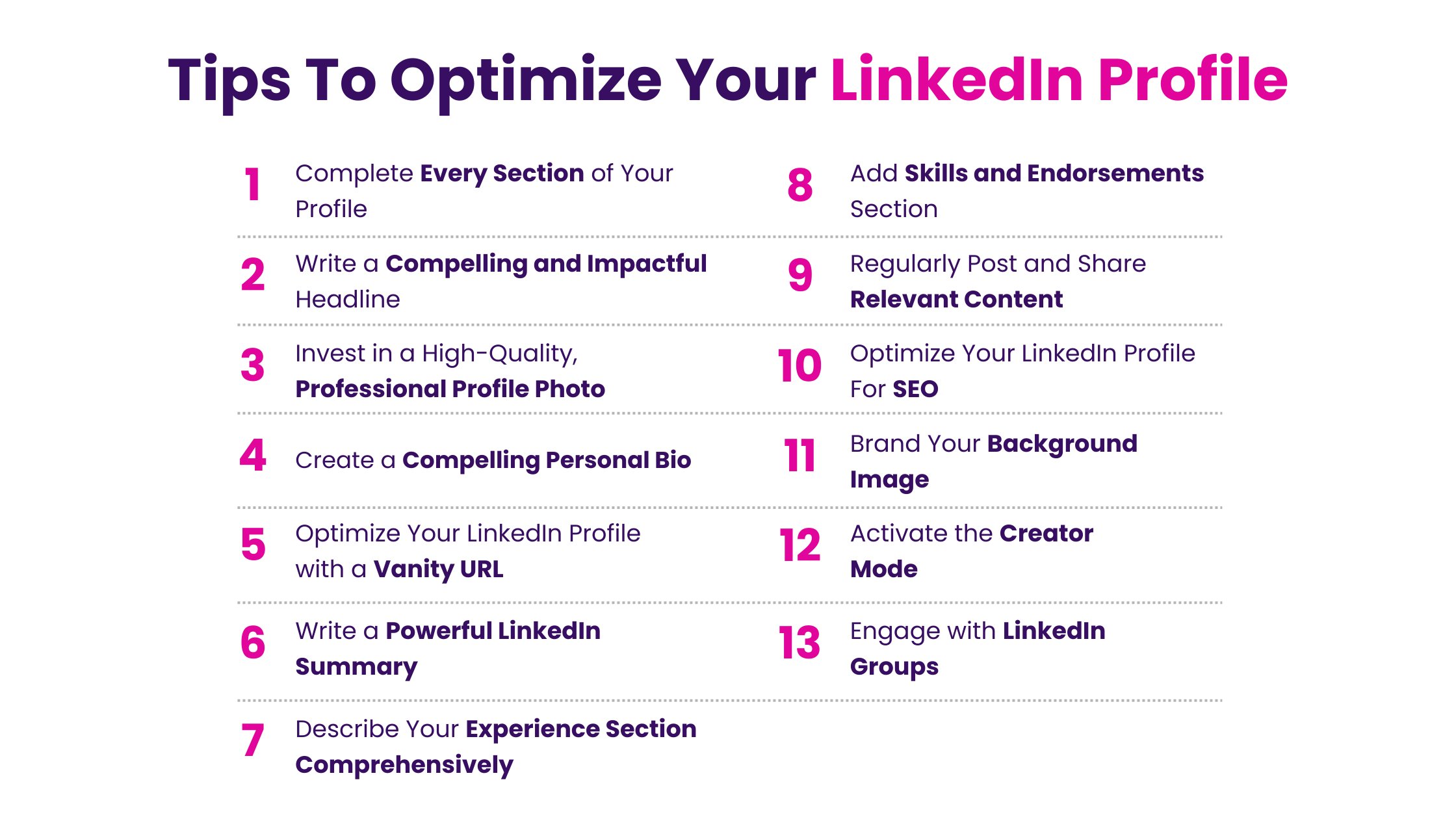
Be punctual and prepared
Treat virtual events like in-person ones by arriving on time and doing your research beforehand. Make sure your camera and microphone are functioning properly, your room is well-lit, and your virtual background is tidy, distraction-free and professional.
Breakout sessions
Breakout sessions is quite common for online networking events with large groups. This is where you get to interact with a smaller group of people. Take advantage of this small group setting to build deeper connections. Here’s how to ace it:
Be an active participant: Don’t just sit back—engage in the conversation by asking thoughtful questions and sharing your insights. I like to prepare a few points/questions I can talk about the specific topic beforehand.
Introduce yourself clearly: Be concise yet memorable when introducing yourself. This is basically the same as the previous section of this article: Crafting your Elevator Pitch
Listen attentively: Pay close attention to others' contributions, and look for common ground or opportunities to follow up after the session. As mentioned in the previous section, you need to genuinely be curious and listen to what others have to say. It will foster a sense of trust and builds rapport more quickly.
Leverage chat features: Another way I like to show I’m engaged during the session is to use the react buttons or whatever the meeting platform has. If someone says something you agree with, give them a 👍. If they share an achievement, give them a 👏. If they compliment you, respond with a 🙏. These small interactions can go a long way in building relationships and showing you're actively involved.
Follow up thoughtfully
Just like in-person networking events, I like to send personalized messages to continue the conversation. A quick LinkedIn message or email can solidify your new relationship. For example, you can write:
Hi [Name], it was great meeting you during the breakout session at [Event Name] yesterday. I really enjoyed our conversation about [topic you discussed], and I’d love to stay connected.
I was once a moderator for an online event and was introducing speakers after speakers. At the end of the event, I connected with a few speakers who I found very inspiring and insightful. I shared what I liked about their talk, what I would like to learn more from them and so much more. Until today, we remained good connections.
But I’m an introvert…
Yes you are, and there is absolutely nothing wrong with that. In fact, embracing your introverted nature can be a powerful asset in networking and building relationships. Here are some common challenges that I have struggled with as an introvert and the effective strategies to navigate these situations.
“I can’t approach or initiate conversations”
Solution: Be in Open Groups
Instead of walking up to people, stand in a position where you invite people to come to you. What I mean by that is show that your group is open for more people to join in. Below is a perfect diagram that illustrates this.
![]()
“I feel bad cutting the person off to leave”
Solution: Exit strategies
Many introverts feel guilty about cutting conversations short, but it’s important to remember that networking is about meeting multiple people. It’s perfectly acceptable to move on politely.
Here’s an example to exit a conversation from Matthew Pollard’s book:
“[Name], I’m really enjoying this conversation; however, I don’t want to monopolize your time if you have other people you need to chat with. How about I reach out via email to schedule a lunch or a coffee? Would that be something you’d be open to?”
“Self-Promotion is uncomfortable”
Solution: Tell a story
One of the best ways to make self-promotion feel more comfortable is by framing it as storytelling. Instead of simply listing your achievements, share the journey behind them. People naturally connect with stories—especially ones that show vulnerability, challenges, and growth.
For example, instead of saying, "I built a new feature that improved performance by 20%," you could say, "We were struggling with slow response times on our platform, and after trying several approaches, I stumbled upon a solution that reduced the lag by 20%. It was a challenging process, but the payoff was huge, and I learned a lot about optimizing code efficiency along the way."
When you tell a story, you're not just promoting yourself, you're sharing an experience. This makes the conversation more relatable, less forced, and allows you to connect with others on a more personal level.
What else?
Building genuine connections in the tech industry goes beyond the basics of networking; it involves fostering authentic relationships through empathy, active listening, and shared experiences. I’d love to hear your experiences! What strategies do you find most effective? Share your thoughts in the comments or reach out to me directly!
As we navigate our careers, remember that meaningful interactions often stem from a place of mutual respect and genuine curiosity about others' perspectives and experiences.
By actively engaging with our peers, contributing to the community, and showing support for one another’s growth, we'll not only enhance our professional network but also create lasting, impactful relationships. I hope this article has been helpful in highlight some of these practices!
If you want to read more, I recommend Matthew Pollard’s The Introvert’s Edge to Networking.
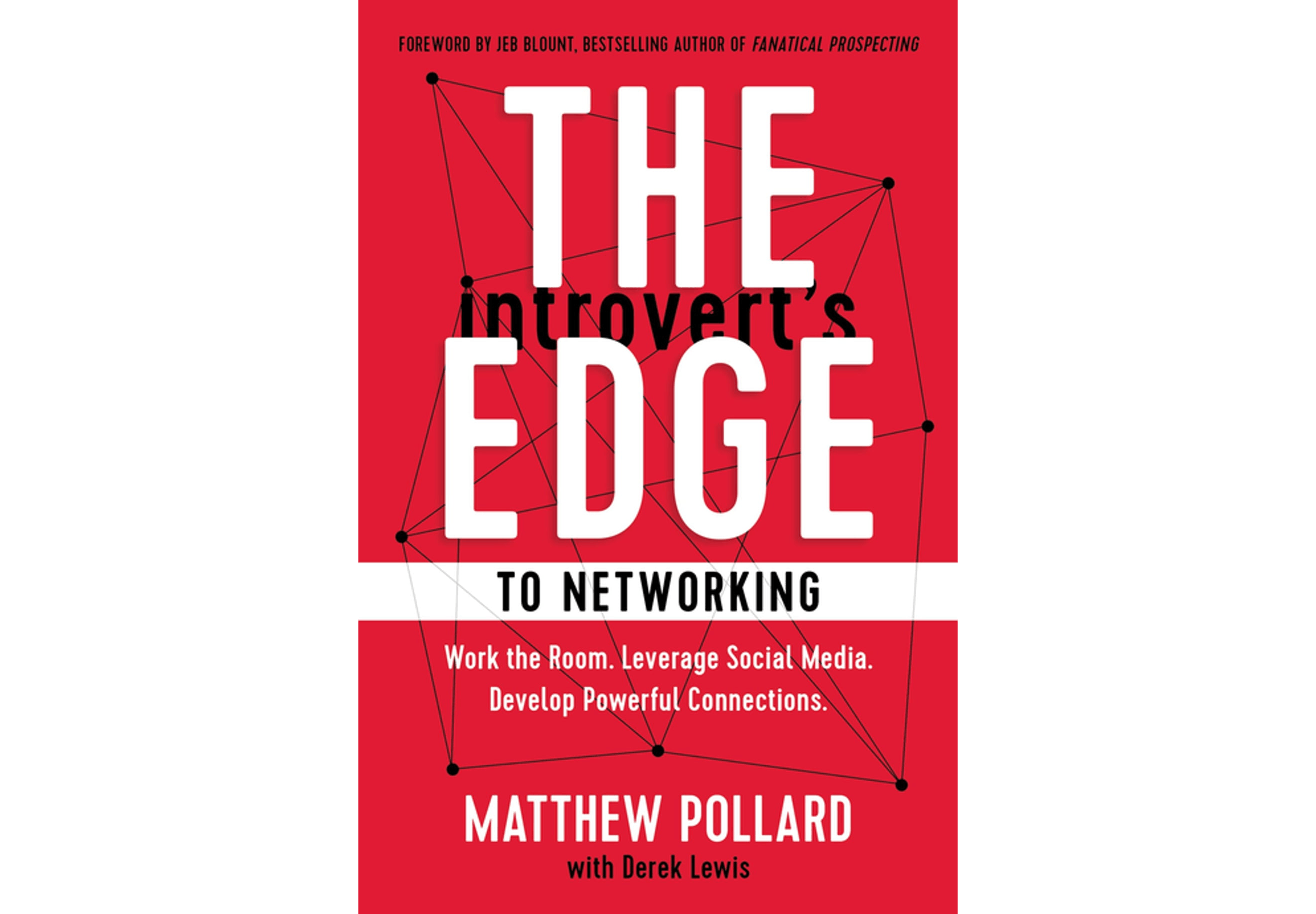
Or read my article on the book’s key takeaways here.
Thanks for reading and I hope you can continue to seek out opportunities for connection, collaboration, and shared learning! What strategies have you found effective in building connections in your field? Feel free to comment your thoughts below! Cheers!
Let's Connect!
References
Matthew Pollard’s The Introvert’s Edge to Networking
"Networking for People Who Hate Networking" by Devora Zack
Image credits:
Subscribe to my newsletter
Read articles from Victoria Lo directly inside your inbox. Subscribe to the newsletter, and don't miss out.
Written by

Victoria Lo
Victoria Lo
I'm a solutions engineer, GitHub Star, WomenDevsSG Director and podcaster who loves to build projects and share valuable tips for new programmers on this blog at lo-victoria.com. Fun fact: speak 5 languages (English, Mandarin, Bahasa Indonesia, Japanese, Korean). Feel free to reach out to me in any of these languages :)